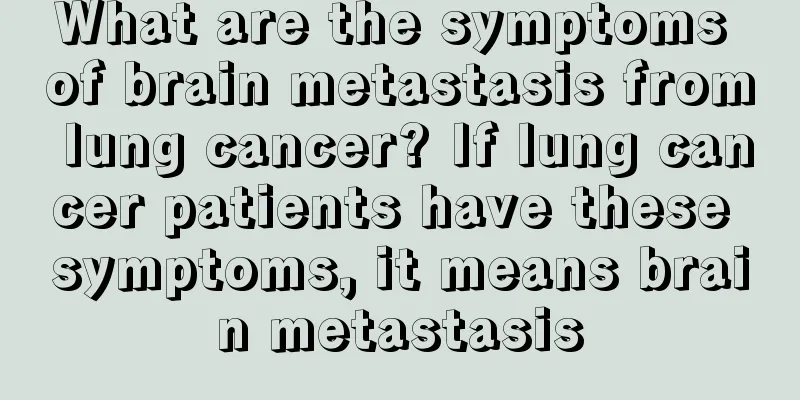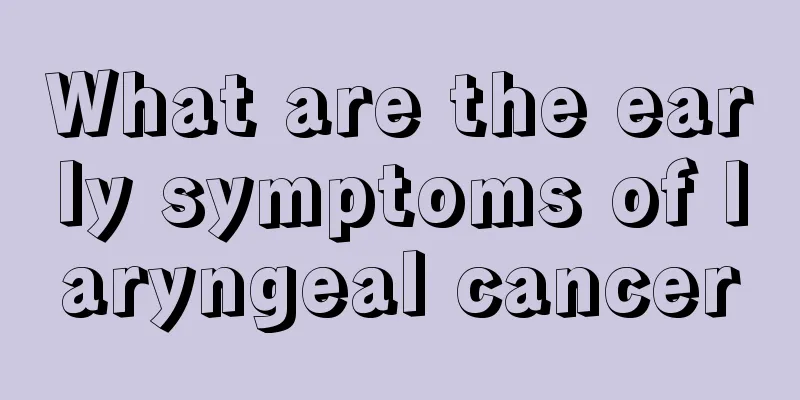The consequences of removing one-third of the stomach

|
The stomach is an organ that is prone to cancer, so when stomach problems occur, they must be treated in a timely manner. When stomach cancer occurs, if the cancer is not too serious, surgical intervention is required to remove the cancerous part. Doctors will recommend that many stomach cancer patients have 1/3 of their stomach removed because removing 1/3 of the stomach is less serious than stomach cancer. But what are the consequences of removing 1/3 of the stomach? Removing 1/3 of the stomach does not have much impact on your life, it just reduces the stomach capacity, and there are no sequelae. The size of the stomach is smaller, so during the recovery period, you must eat gradually, eat small meals frequently, and avoid eating too much at one time, which will cause gastric expansion and lead to anastomotic tearing. At the same time, you should chew your food slowly and thoroughly, and try not to eat sticky, cold, raw, or skin-containing foods, so as to avoid them from not being able to pass through the anastomosis and causing obstruction. After the operation, the stomach cavity becomes smaller, the structure of the stomach changes, and the normal physiological function of the stomach is affected, often resulting in poor appetite and fullness after meals, leading to digestion and absorption disorders. Therefore, dietary adjustment becomes more important at this time. After gastrectomy, the patient's intestinal function generally recovers gradually within 1 to 3 days. When the intestinal gas is discharged from the anus, the patient can eat a small amount of clear liquid food, such as rice juice, thin lotus root powder, honey water, noodle soup, vegetable soup, etc. Drink 100 to 150 ml each time, 6 to 7 times a day. After 3 to 5 days, you should change to liquid food, such as rice porridge, millet porridge, egg soup, steamed egg custard, egg batter, etc., 5 to 6 times a day. One week after the operation, you can eat semi-liquid food, such as noodles, wontons, millet and red date porridge, steamed buns, bread, soda crackers, stewed tofu, steamed fish, stewed fresh vegetables, etc. Gas-producing foods such as milk, soy milk, and foods high in crude fiber, such as celery, bean sprouts, onions, etc. should not be eaten. |
<<: What are the consequences of being nervous all the time
>>: Special medicine for eye floaters
Recommend
Why is the incidence of prostate cancer high? What kind of fruits and vegetables are better for prevention?
In recent years, prostate cancer has a high incid...
Beware! Tall men are more likely to develop prostate cancer
In recent years, prostate cancer has become one o...
Seven taboos in the morning
Avoid urinating immediately after waking up If yo...
Can I drink water during a urine routine test
A routine urine test is a way to find out whether...
What to do if your lips get blisters due to inflammation
Some people are prone to blisters on their mouths...
5 risk factors for bladder cancer
Bladder cancer is the most common malignant tumor...
Is large cell neuroendocrine carcinoma considered lung cancer?
Is large cell neuroendocrine carcinoma considered...
How to better prevent itching and leucorrhea down there?
Women may experience gynecological inflammation m...
What should I do if I have pain from stomach cancer? These methods can help you reduce the pain
Gastric cancer is a highly malignant tumor that o...
The efficacy and function of golden lantern fruit
In our daily life, in order to meet various nutri...
How to sober up after drinking red wine
Although drinking can keep the body in an excited...
What to do if you are allergic to decoration smells
Many people will decorate their new houses after ...
What are the methods to treat low back pain?
Low back pain is a problem that many of our frien...
What kind of water is good for washing your face in winter? Use different water before and after!
Washing your face seems simple, but it actually r...
Treatment of joint effusion
I believe that everyone is not very familiar with...









